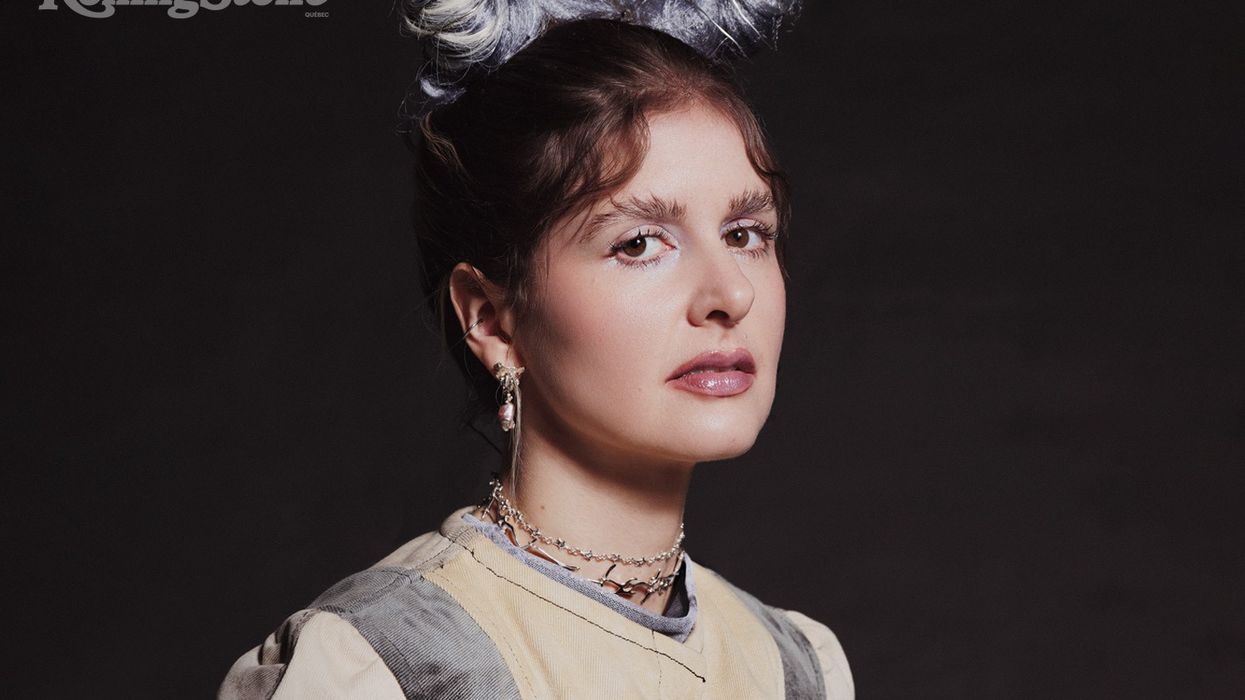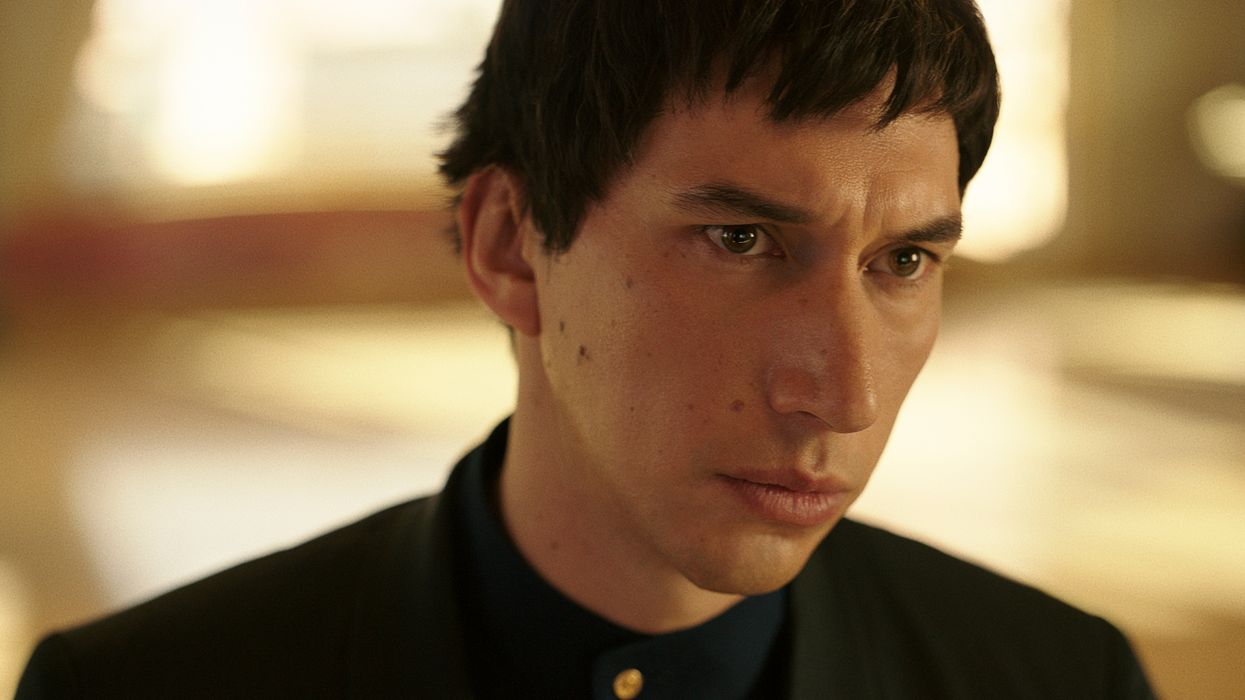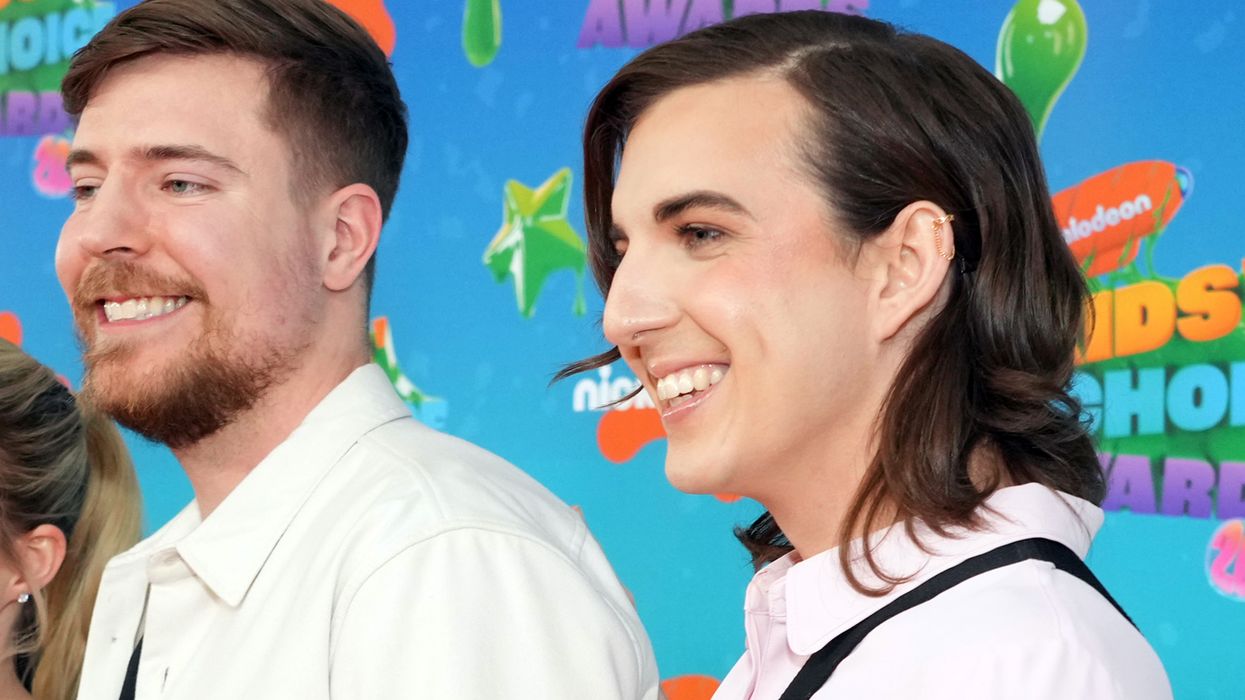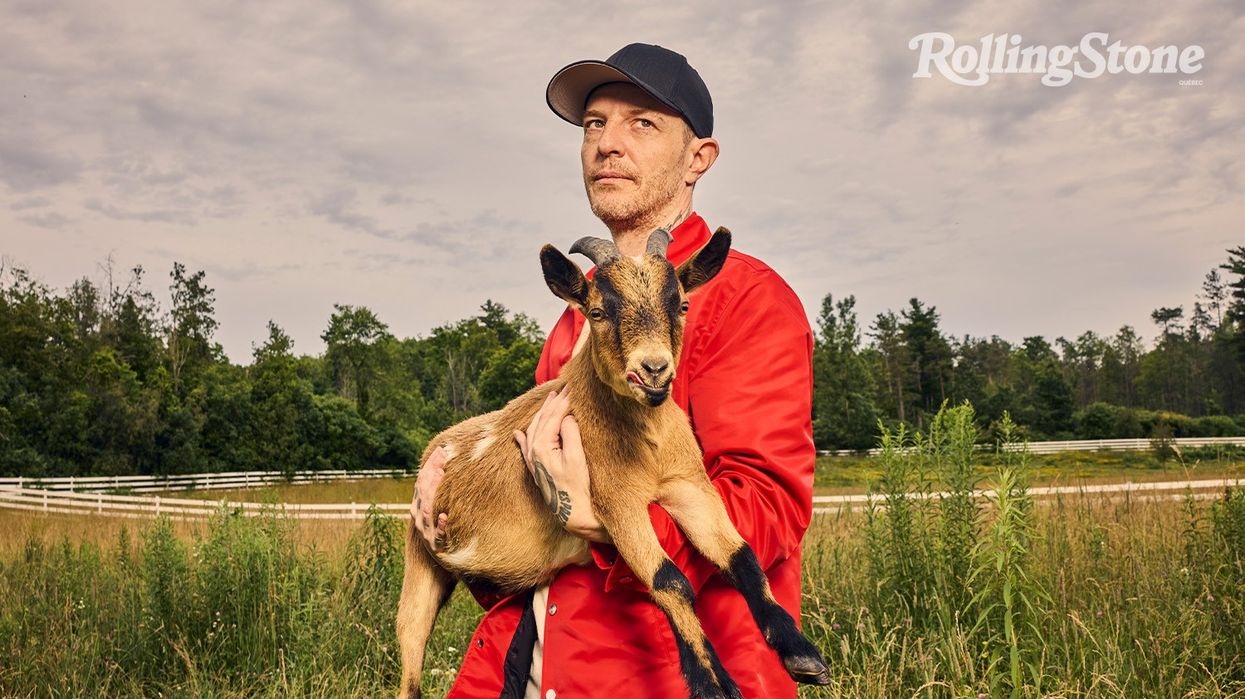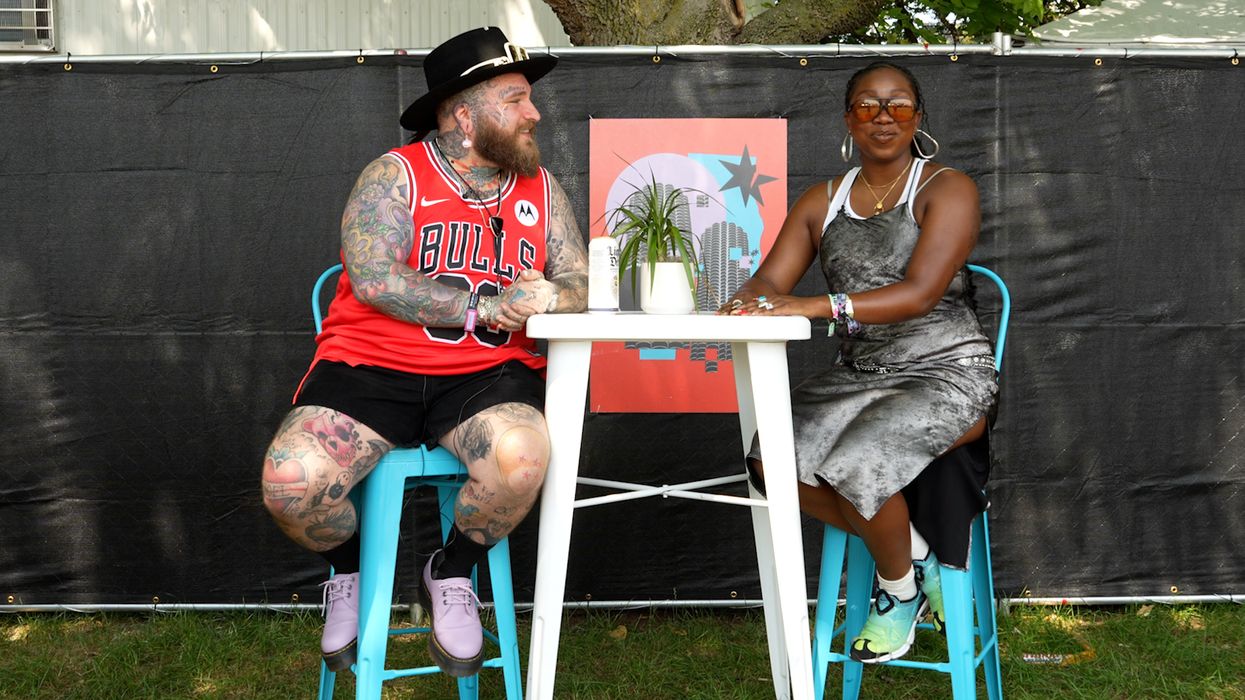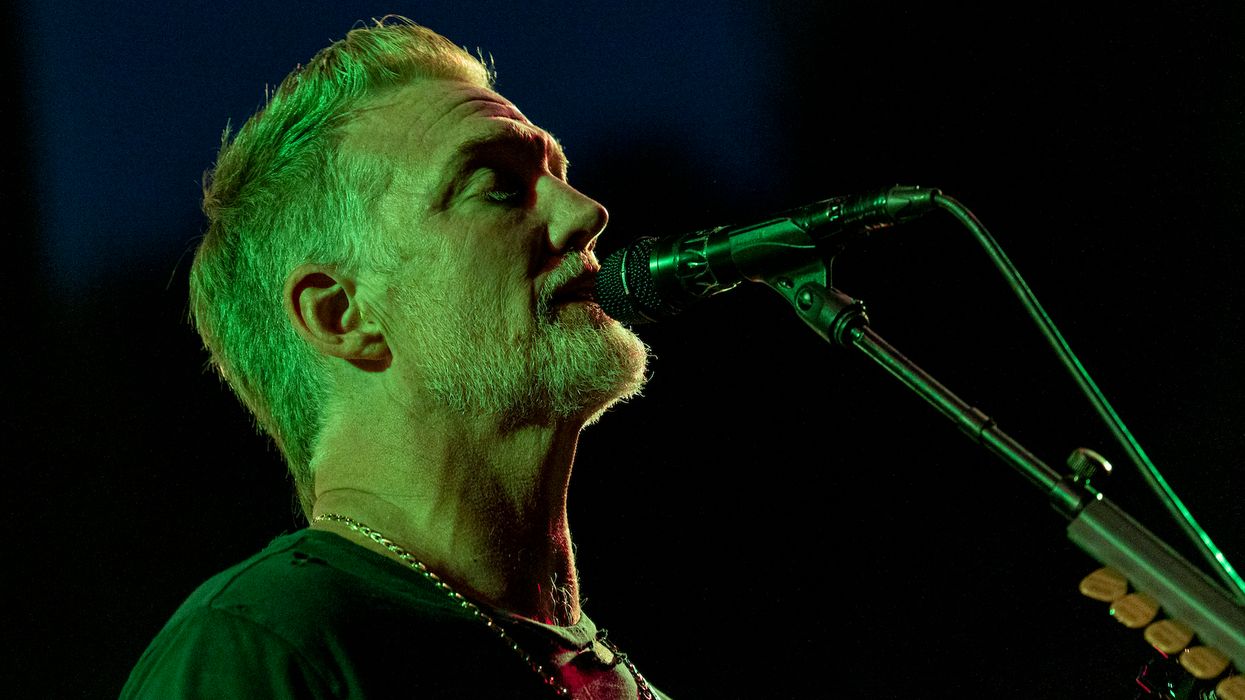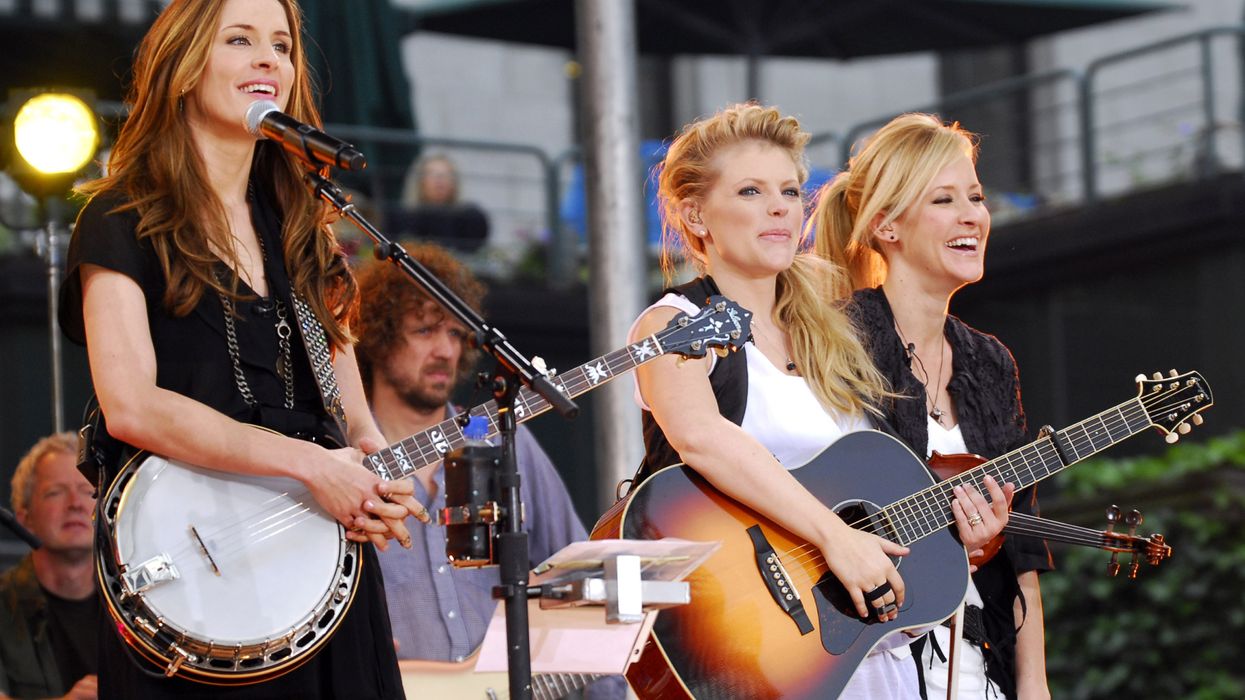Do androids dream of electric sheep? A better question: What if their R.E.M. cycles were filled with the same wish-fulfillment scenarios and sweaty-palm nightmares that the rest of us have, as thoughts of love and loneliness and hopes and fears danced through their metallic heads?
Based on Sarah Varon’s 2007 graphic novel, Pablo Berger’s Robot Dreams treats that idea as a given — one of this animated masterpiece’s main characters is, after all, a mechanical being designed to be a loyal companion, even if some initial assembly is required. The other member of its dynamic duo is a dog, an animal normally referred to as man’s best friend and who, in this case, proves to be equally as compassionate and affectionate to someone comprised of alloy and circuitry. The relationship may start out as transactional, since Dog purchased Robot — no Christian names for these two; no actual dialogue, either — after seeing a late-night ad for the “Amica 3000.” Yet the bond that exists between them, and how such ride-or-die friendships get tested, is what makes this movie such an emotionally resonant knockout. Robot is programmed with artificial intelligence. His heart, however, is very real. And this film will genuinely make yours swell and break in equal measures.
Set in an anthropomorphized New York City located at the intersection of Zootopia and BoJack Horseman, the Spanish filmmaker/first-time animation director’s adaptation retains its source material’s wry sense of humor and sincerity regarding the need for connection. He’s also taken liberties to add in a number of personal touches and individual cultural touchstones: His canine hero is the type of hound that lives in a Lower East Side one-bedroom with a poster of Pierre Étaix’s 1965 comedy Yoyo on his wall. (This isn’t the only cinephile in-joke woven in to Robot Dreams‘ jam-packed, gag-filled frames, but it’s arguably the deepest cut.) What’s universal is the sense of isolation Dog feels living in the big city, where you can be surrounded by a cartoon menagerie of thousands and still feel painfully alone. Spying a moose and a cow cuddling together in an apartment across the way, he may as well be in the remotest region of Siberia. A commercial promising a permanent partner, one that’s just a single mail order and a few tightened bolts away, is less an ad than a beacon.
When Robot arrives a few days later and Dog gets him up and running, the effect is immediate. Everything is awe-inspiring to the freshly awakened ‘bot, from subway buskers to punks flipping him the bird. Everything seems brighter to his patron, since he can now share the joys and sorrows of everyday living with his new pal. The two experience a perfect NYC day, culminating in a roller-skate jam set to Earth, Wind and Fire’s “September” and watching the sunset from a particularly famous vantage point under the Queensboro Bridge.

How do you top that moment of bliss, the sort of Kodachrome hall-of-fame memory that retains its vibrancy even as the image of it fades? You plan a beach trip. It’s the last gasp of summer, and Robot has never experienced the thrill of crowding next to every third Gothamite desperate to soak one final set of sunrays. After hours of playing in the surf and a nap that extends through dusk, Dog and Robot awaken to find themselves alone. They also discover that salt water and sand are a bad combination for a mechanical being. Robot can’t move. He’s too heavy for Dog to carry or pull to the boardwalk. Not to worry, they’ll sort this out in the morning.
When Dog returns to fetch his friend bright and early the next day, he arrives to find Ocean Beach closed for the season until June 1st. A petition to New York’s Parks & Recreation department goes nowhere. So does an after-hours rescue mission involving chain-cutting pliers; cops have a way of showing up at the most inopportune moments. They’re both, in their own way, trapped. There’s nothing either of them can do but wait. And time, unfortunately, has a way of corroding more than just metal.
Berger is best known for Blancanieves, his 2012 take on Snow White as filtered through bullfighting iconography and a deep obsession with early silent cinema. The film was an international sensation, racking up a bushel of Goyas (Spain’s equivalent of the Oscars), and displayed the filmmaker’s extraordinary facility with using just sound and images to tell a story. That gift is on display a hundredfold here, with neither the central twosome nor the virtual zoo’s worth of supporting beasts having any traditional lines of dialogue. They don’t need them. In Berger’s hands, you get everything you need from his characters via sound-design cues, sight gags and facial expressions — the character animation here couldn’t be more eloquent in its ability to give you a 360-degree emotional range. And while he’s borrowing Varon’s vision of a world in which all creatures great and small share remarkably human tendencies, he balances his anthropomorphic Absurdism with an equally recognizable New York City. You’re giggling at a background joke in which a mouse and an elephant share a highly unequal rowboat ride one second, marveling at how accurate Berger & Co. detailed the Strand Bookstore’s front facade the next.
The director has also long expressed a love of Chaplin, notably in the way that the Man Who Would Be The Little Tramp knew how to make you howl with laughter before giving you a lump in your throat. He’s clearly studied the filmmaker’s lessons closely, and in Q&As on the festival circuit, Berger has described the methodology behind his first animated feature as “a warm hug, then a punch to the gut.” There’s little that’s sentimental in his tale of a friendship interrupted, and even less that’s cynical. He’s merely teeing you up for the sort of crescendo that you associate with, say, City Lights. The question is not what happens to Robot and Dog in the interim before that last day of one summer and the start of another, nor what dreams may come before then — though the various flights of slumbering fancy that the movie does show run an impressive gamut from Grimm fairy-tale nightmares to Busby Berkeley extravaganzas. It’s what will happen when these two buddies encounter each other again, after so many months apart and so many respective misadventures eventually lead to an inevitable reunion.
And here is the part where we advise you not just to see Robot Dreams, but to make sure you see it prepared. This is an absolutely extraordinary work of art, done in a way that suggests both Saturday morning cartoons and Sunday-night prestige-TV dramedies. It’s also a nine-Kleenex-box movie, and earns every saline-soaked tissue eventually wadded at your feet. We guarantee you’ll never hear “September” the same way again. And in its tender yet devastating ode to looking back yet moving forward, this toon somehow manages to devastate you while simultaneously uplifting you. To call it the best animated film of the last few years is to undervalue it. Berger’s take on this graphic novel is both a high point of the medium and a reminder of why we go to the movies in the first place. It’s a film lover’s dream come true.

